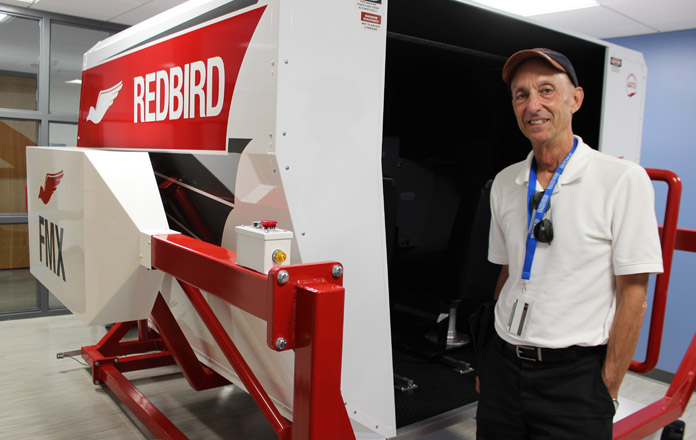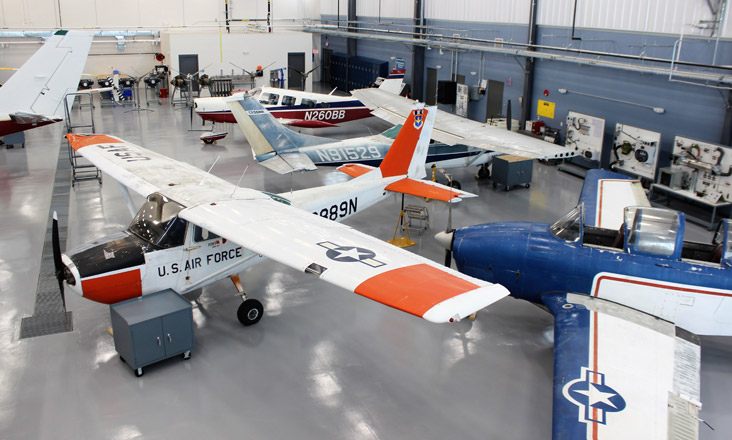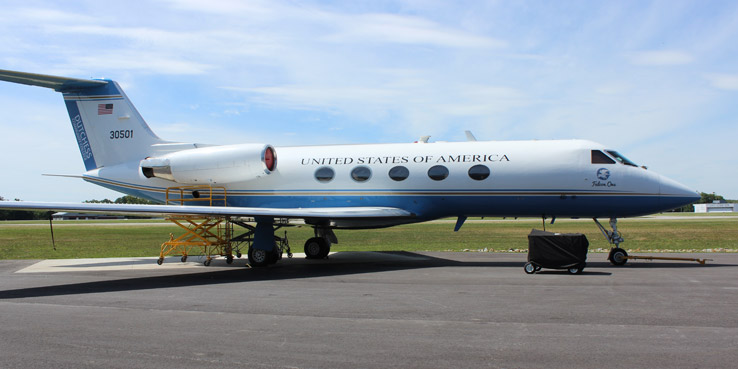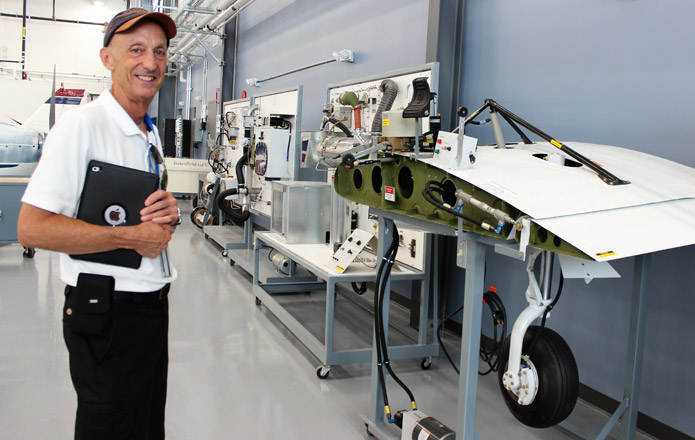Dutchess Community College flying high with new aviation center
Teaching soared to new heights as Dutchess County Community College unveiled its $16 million aviation education facility at Hudson Valley Regional Airport. SUNY Chancellor Jim Malatras and DCC”™s acting President Ellen Gambino welcomed Dutchess County Executive Marc Molinaro and scores of officials to the grand opening of DCC@HVR on June 24.
“We already have the reputation for being one of New York”™s leading aviation education providers,” said Gambino as she welcomed guests. “With this outstanding education center, we are even more strategically positioned to meet the workforce needs of the aviation industry now and in the years to come. Students who finish their training with us will be on a pathway to great jobs and successful careers.”

The sizable investment, with funding provided by Dutchess County and New York state, allows the college to offer the kind of hands-on learning and experience that will give candidates the opportunity to earn a Part 147 Federal Aviation Administration-approved license. FAA-certified aviation maintenance technicians (AMTs) work in highly technical specialty occupations, providing the operational safety needed to keep U.S. aircraft operating at peak performance.
The new training center is the pride and joy of John Trosie, assistant professor and program chair of the college”™s aviation science program.
Trosie started the program in 2005, offering flight management and aircraft maintenance technology classes. He first broached the idea of offering the Part 147 License program six years ago.

“There”™s a tremendous call for qualified mechanics to work on planes, and this teaching facility fills an essential need in the aerospace industry. Because we are a Part 147 Certificate Holder, the FAA is our partner, and we do things the way it wants them done. We are the first Part 147 school, and the agency was very impressed when they came to inspect us.”
The 32,000-square-foot teaching facility has five classrooms, a technical library and a break-room with grab-and-go snacks; its two 15,000-square-foot and 11,000-square-foot hangars will give aviation students hands-on mechanical/technical experience, offering a welding and sheet metal shop, a specialized tool and equipment room and a fully functioning test cell turbine and piston engine. DCC@HVR recently acquired a new Redbird full-motion flight simulator that will allow students to take lessons when the weather isn”™t cooperating.
Out on the hangar floor, a selection of Cessna aircraft, a Beechcraft T34, a Piper P26, a Robinson 22 helicopter and a Mooney MC20 will give students real-time opportunity to learn their trade.

The new school”™s centerpiece is the 1984 Grumman G3-C20 jet previously owned by the U.S. government on the tarmac outside the hangar. Falcon One was used by two presidents, Ronald Reagan, and George H.W. Bush, and flew U.S. Army General Norman Schwarzkopf back and forth to the Middle East.
The Part 147 Licensing program will be separated into three cohorts: general maintenance, air frame and power plant ”” with each composed of 25 participants. “Students will start in general maintenance for three months, then move on to air frame for three months; after that, they will spend three months in power plant. Another 25 will come in to begin the GM program; eventually all three classes will rotate out,” continued Trosie.
“This is an intense course ”” seven hours a day, five days a week with written tests and practical testing. After our first year, we expect to graduate 75 students.” DCC@HVR will have eight full-and part-time instructors working with future aviation maintenance technicians.

“Recently, American Airlines grounded some planes because they did not have enough staff,” Trosie said. “There is also a demand for mechanics as well, especially as older workers age out. When our students graduate, they will start out earning $60,000 plus a year and over $100,000 if they go to work for an airline.”
Molinaro said the county”™s $8 million investment to build the education center is “part of multipronged strategy focused on increasing enrollment in DCC and creating a pipeline to new jobs.
“This new aviation center offers students the opportunity to gain in-demand skills for high-paying jobs while serving as a magnet to attract aviation maintenance and related businesses to locate at the Hudson Valley Regional Airport, where they can take advantage of a skilled workforce.”
Classes for the new aviation technician program begins Aug. 16; pilot and aviation management instruction begins Aug. 23.
For more information about DCC@HVR and Dutchess Community College”™s aviation classes, visit sunydutchess.edu/aviationionion.